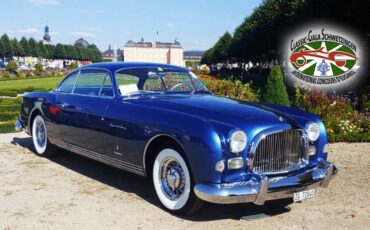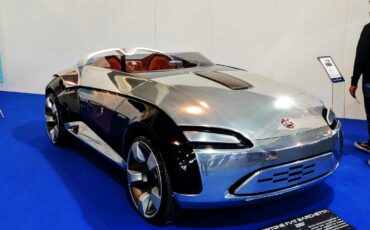
While BMW is celebrated for its impeccable German engineering, some of its most unique creations have emerged from collaborations with renowned Italian design houses. These partnerships have resulted in stunningly rare cars that combine the precision of German performance with the flair and artistry of Italian styling. From experimental concepts to luxurious grand tourers, these lesser-known BMWs offer a captivating look into the brand’s design diversity. Here are 10 extraordinary BMW models with Italian designs that have slipped under the radar.
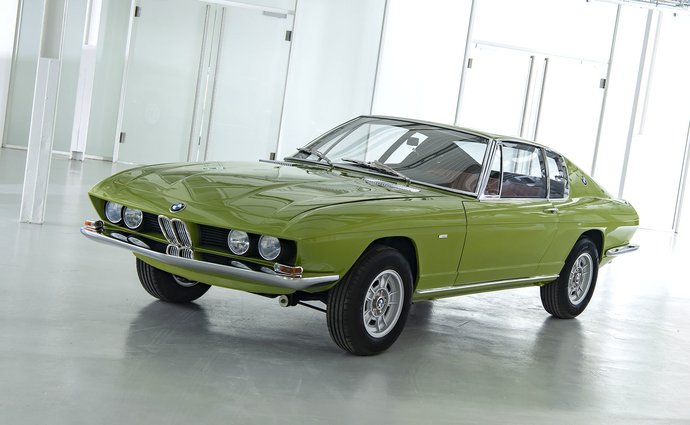
BMW 2800 GTS Frua (1969)
The BMW 2800 GTS Frua is an ultra-rare blend of Italian sophistication and German engineering. Designed by Pietro Frua, only two units of this car were ever built, making it a true collector's gem. With its smooth, elegant lines and a distinctive front grille, this car epitomizes Frua’s knack for blending sportiness with elegance. Based on the BMW 2800 platform, it’s a stylish grand tourer that remains a hidden masterpiece in BMW’s history.
___explore more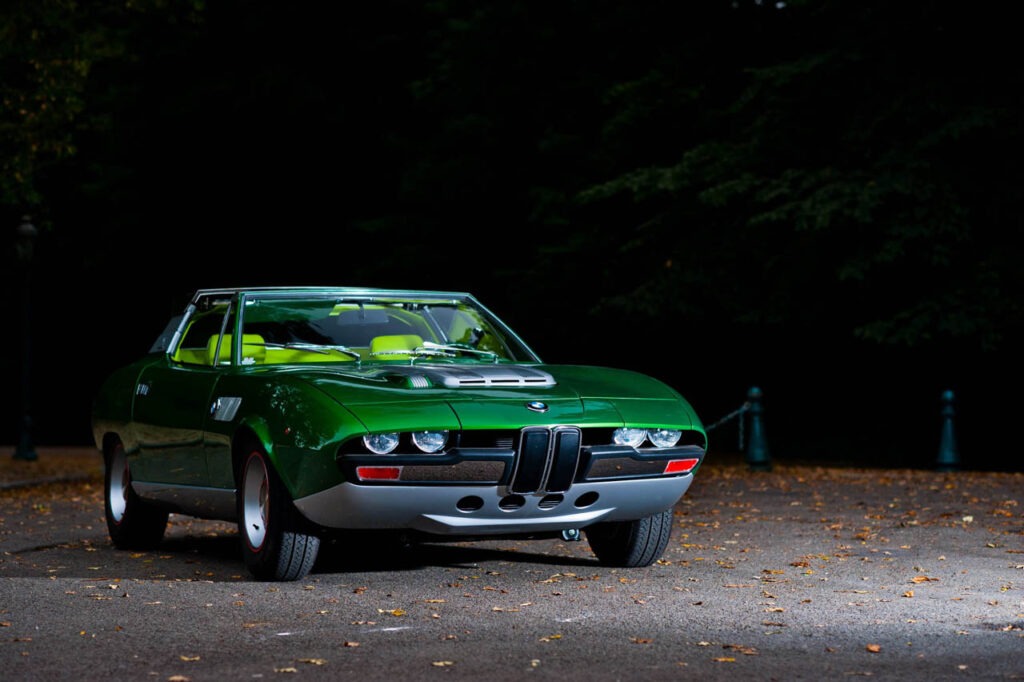
BMW 2800 Spicup (1969)
The BMW 2800 Spicup, designed by Bertone, is one of the most daring and futuristic BMW concepts ever created. Unveiled at the 1969 Geneva Motor Show, it featured a retractable stainless steel hardtop that allowed it to transform between coupe and convertible. Its bold, angular lines and unconventional roof design made it a standout, though it never reached production. Today, the Spicup remains a fascinating glimpse into BMW’s experimentation with avant-garde design.
___explore more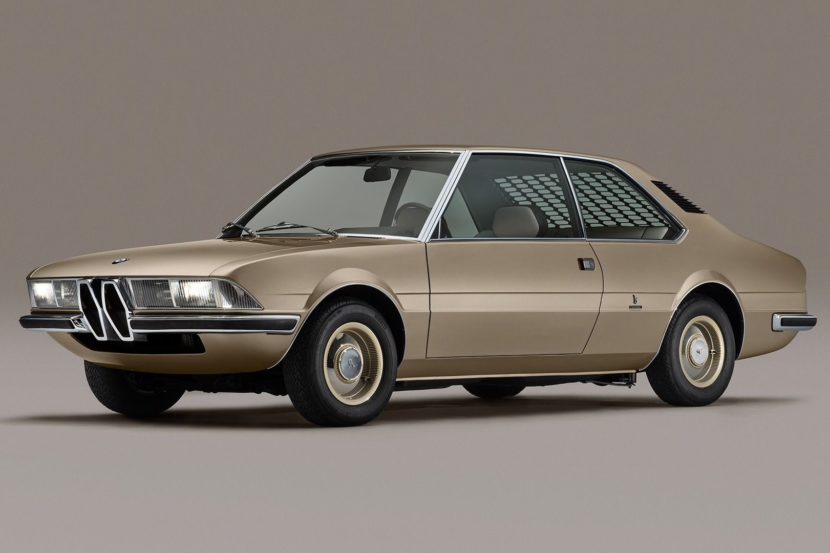
BMW 2200 TI Garmisch (1970)
The BMW 2200 TI Garmisch, crafted by Marcello Gandini at Bertone, was a forward-looking concept that influenced the future of BMW sedans. With its sharp lines, minimalist front fascia, and distinctive rear lights, the Garmisch was ahead of its time. Though it was never mass-produced, this concept car was recently recreated by BMW as a tribute to its innovative design, reaffirming its place in automotive history.
___explore more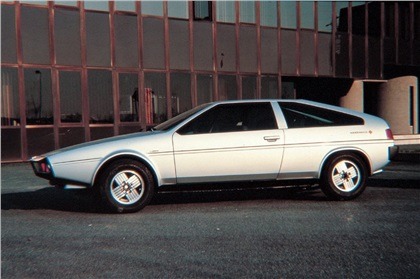
BMW Karmann Asso di Quadri (1976)
The BMW Karmann Asso di Quadri, or "Ace of Diamonds," was designed by the legendary Giorgetto Giugiaro. This concept never entered production, but its sharp, geometric design left a lasting impression. The clean lines and angular shapes were typical of Giugiaro’s work during the 1970s, and the car’s styling resembled other iconic designs from the era, like the Volkswagen Scirocco. It’s a rare glimpse of what BMW might have looked like had they embraced this more radical design language.
___explore more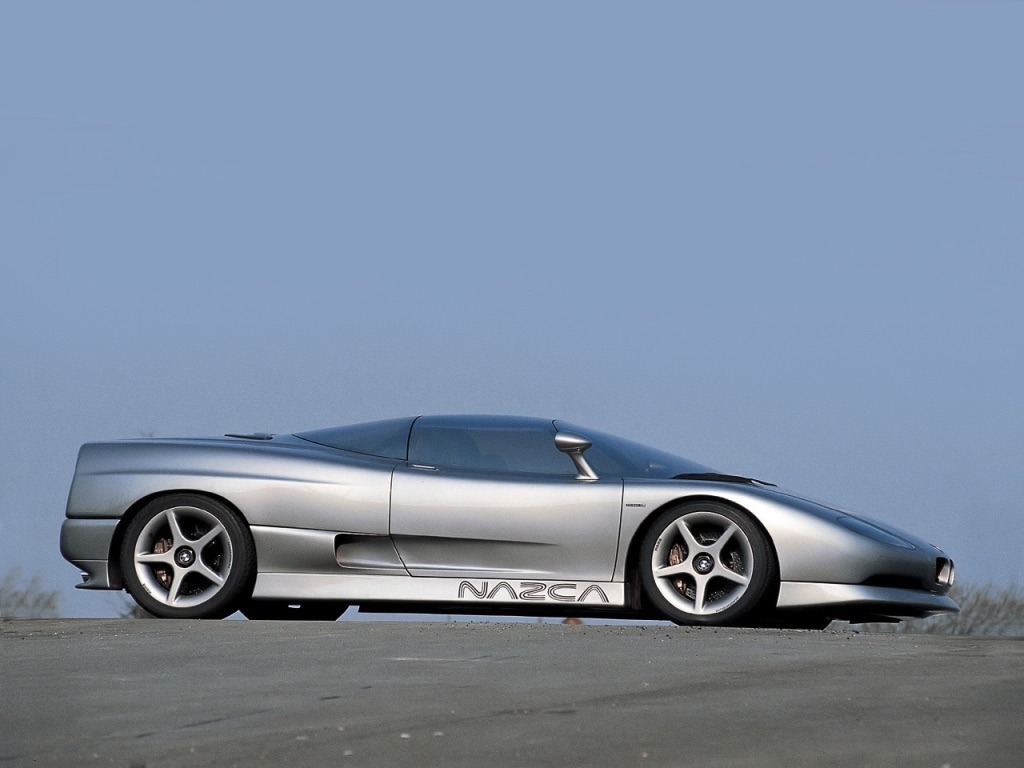
BMW Nazca M12 (1991)
The BMW Nazca M12, designed by Italdesign, was a bold supercar concept that took BMW into new territory. Powered by a BMW V12 engine, the low-slung Nazca M12 featured a striking glass canopy and futuristic design. While it never made it into production, the Nazca remains a stunning example of BMW’s willingness to push boundaries in both performance and style during the early 1990s.
___explore more
BMW Zagato Roadster (2012)
In collaboration with Zagato, the BMW Zagato Roadster was designed as a hand-sculpted, one-of-a-kind masterpiece. This open-top roadster, unveiled at Pebble Beach, features an aluminum body and the signature Italian curves that make Zagato designs so distinctive. Its sporty proportions and luxurious interior make it a standout among BMW’s limited-edition models, perfectly marrying Italian craftsmanship with German engineering.
___explore more
BMW Gran Lusso Coupe (2013)
The BMW Gran Lusso Coupe, created in collaboration with Pininfarina, is a luxurious grand tourer that remains a one-off concept. Unveiled at the Concorso d'Eleganza Villa d'Este, this car exudes opulence with its long bonnet, muscular stance, and meticulously crafted interior. The Gran Lusso combines the best of BMW’s performance with Pininfarina’s Italian flair, creating a car that perfectly balances power and elegance. Though it never entered production, it’s a stunning example of the heights that BMW and Italian design can reach together.
___explore more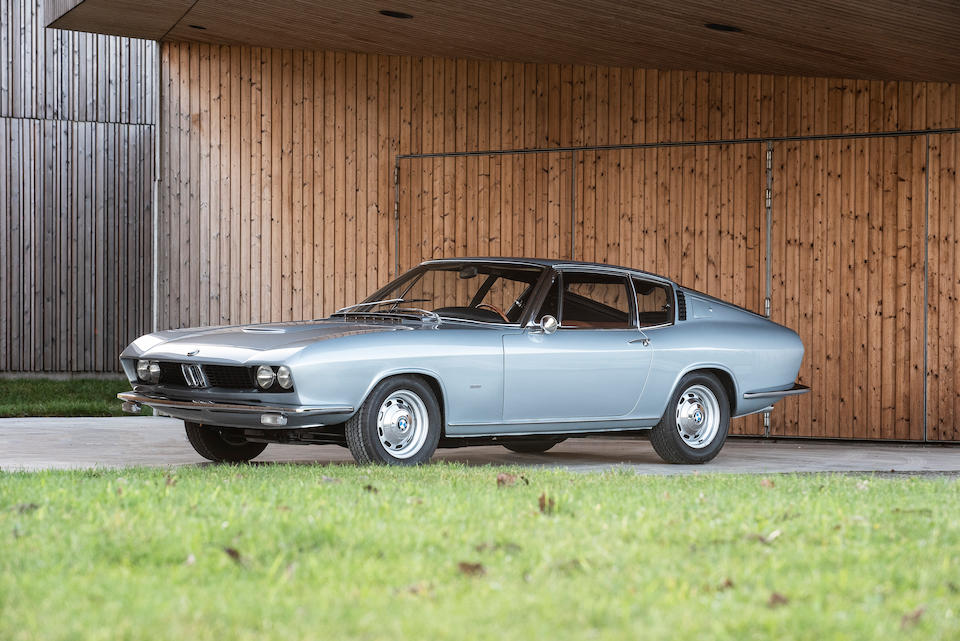
BMW Glas 3000 V8 Fastback Coupe (1967)
The BMW Glas 3000 V8 Fastback Coupe, designed by Pietro Frua, is one of the most beautiful cars to come from BMW’s acquisition of Glas. Featuring BMW’s V8 engine and Frua’s sophisticated Italian design, the fastback coupe has an elegant yet powerful presence. Its smooth lines and refined details made it a standout in the late 1960s, offering a glimpse into a unique chapter in BMW’s history following the Glas merger.
___explore more
BMW 3200 CS Cabriolet (1962)
The BMW 3200 CS Cabriolet, designed by Carrozzeria Bertone, is a truly unique piece, with only one example ever made. This one-off cabriolet is an elegant precursor to the BMW coupes that would follow in later decades. With its flowing lines and luxurious open-top design, this car represents a harmonious blend of BMW’s engineering and Italian styling. Today, it remains a prized treasure for collectors due to its exclusivity and stunning design.
___explore more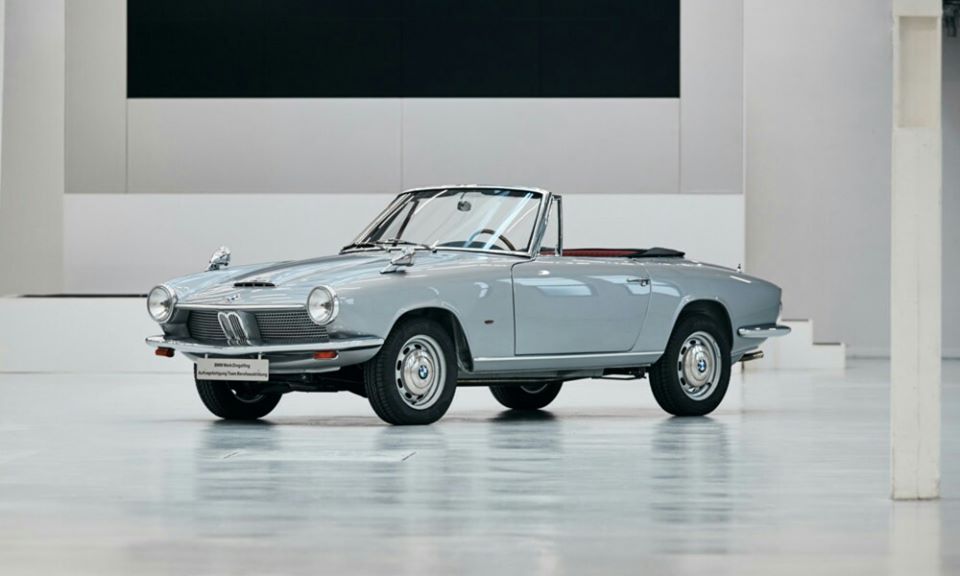
BMW 1600 GT Cabrio (1967)
The BMW 1600 GT Cabrio, designed by Carrozzeria Frua, is another incredibly rare BMW, with only two units ever built. This elegant convertible combines Frua’s sleek Italian design with BMW’s reliability and performance. Its rarity and stylish bodywork make it a highly coveted car for enthusiasts, representing a unique chapter in BMW’s exploration of Italian design influences.
___explore moreThese 10 rare BMW models, designed by some of Italy’s most renowned car design houses, represent a fascinating fusion of German precision and Italian creativity. From futuristic concepts to luxurious roadsters, each of these cars offers a unique glimpse into the collaboration between BMW and Italian design. Though many of these vehicles never made it to mass production, their legacy lives on, reminding us of the incredible potential that arises when two distinct automotive worlds collide.

